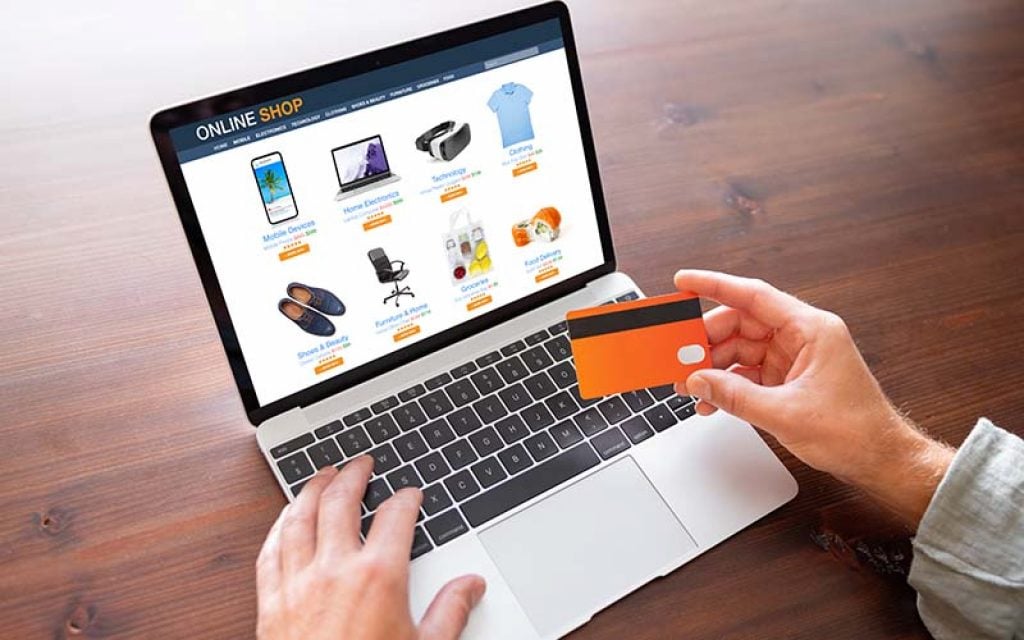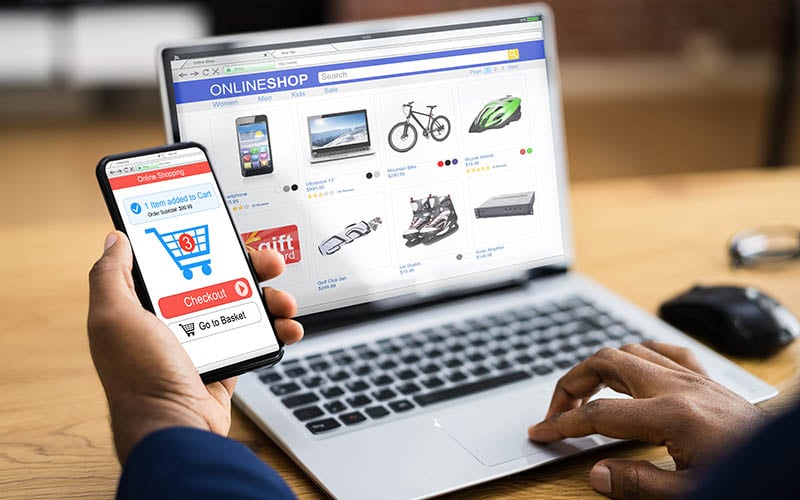
If you’re making over $5,000 a month in sales but still manually processing payments or losing customers at checkout, you’re probably wondering if there’s a better way. Whether you’re running a brick-and-mortar shop thinking about going online or you’re already selling digitally but struggling with payment processing, understanding virtual merchants could be the game-changer you need.
Here’s what most business owners don’t realize: the difference between a basic online store and a true virtual merchant setup can mean the difference between 15% cart abandonment and 70% cart abandonment. Let me show you exactly what you need to know.
Table of Contents
- 1 What is a Virtual Merchant? (And Why It Matters for Your Revenue)
- 2 Virtual Merchant Account: Your Payment Processing Foundation
- 3 The 4 Essential Components Every Virtual Merchant Needs
- 4 Why Smart Business Owners Choose Virtual Merchant Setup
- 5 Real Small Business Virtual Merchant Success Stories
- 6 Virtual Merchant FAQs:
- 7 Ready to Become a Virtual Merchant?
What is a Virtual Merchant? (And Why It Matters for Your Revenue)
A virtual merchant is a business that can accept and process payments entirely online—but here’s the key difference from just having a website with a “buy now” button: virtual merchants have the infrastructure to handle the entire transaction securely, automatically, and efficiently.
Think about it this way: if a customer can browse your products, add them to cart, pay with multiple payment methods, and receive their order without any manual intervention from you, you’re operating as a virtual merchant.
Real-world example: An ecommerce platform for manufacturers might handle complex bulk pricing, custom configurations, and B2B payment terms automatically. Compare that to manually sending invoices and waiting for checks.
Most successful virtual merchants accept credit cards, debit cards, PayPal, Apple Pay, and other digital payment methods. They handle shipping automatically, send confirmation emails, and manage inventory in real-time. But here’s what separates the profitable ones from the struggling ones…
The infrastructure difference: Companies like Authorize.net provide the payment processing backbone that lets you focus on growing your business instead of chasing down payments.
Virtual Merchant Account: Your Payment Processing Foundation

Here’s where most business owners get stuck: they think they need expensive equipment and complicated setups to accept credit cards professionally. A virtual merchant account changes that completely.
Instead of bulky terminals, you’re using software on your computer or phone. The setup typically offers competitive rates (often 2.9% + 30¢ vs 3.5%+ for basic processors), faster funding (next day vs 3-5 days), and mobile payment flexibility that lets you take payments anywhere.
**Bottom line benefit:** You can process transactions anywhere with internet access, eliminate equipment leasing fees (saving $50-100/month), and accept multiple payment types without separate accounts for each.
Quick math: If you’re processing $10,000/month and switch from 3.5% fees to 2.9% fees, that’s $60 saved monthly or $720 annually. Plus the equipment savings.
Ready to compare your current processing costs?
See How Much You Could Save >>
The 4 Essential Components Every Virtual Merchant Needs
I’ve seen too many business owners try to piece together virtual merchant functionality with random tools and wonder why their conversion rates suck. Here’s what actually works:
First, you need integrated point-of-sale systems that can handle various payment types across multiple devices without making customers jump through hoops.
1. Professional Storefront + Smart Shopping Cart
Your storefront isn’t just a digital catalog—it’s your primary sales tool. Customers need to find products easily, understand pricing clearly, and feel confident about purchasing. As an online merchant, you’re competing with Amazon’s user experience, so your site better be smooth.
The shopping cart is where most sales die. Customers want to save items, come back later, and checkout without creating accounts if they prefer. If your cart doesn’t allow guest checkout, you’re probably losing 20-30% of potential sales.
Pro tip: If you have a physical location, Shopify POS lets you sync inventory between online and offline, so you never oversell and customers can buy online/pickup in store.

2. Secure Payment Processing That Actually Converts
A merchant account is your specialized bank account for credit card payments—this isn’t optional if you want to be taken seriously. The payment service provider acts as the middleman between your customer’s bank and yours, handling all the security and compliance headaches.
When customers hit “buy now,” they need a secure payment terminal or gateway that processes fast and doesn’t look sketchy. Slow or complicated checkouts kill conversions instantly.
Your options: Independent processors offer more customization, while PayPal and Square are plug-and-play but with less flexibility. Choose based on your volume and complexity needs.
3. Backend Automation (The Revenue Multiplier)
This is where virtual merchants separate themselves from basic online stores. Your backend system should automatically manage inventory, process orders, handle shipping notifications, and update your accounting. Manual processes don’t scale past $20k/month without driving you crazy.
If you’re connecting online and offline operations, this integration becomes critical for preventing overselling and maintaining accurate financial records.
4. Mobile-First Payment Experience
Over 60% of online purchases now happen on mobile devices. If your payment process requires pinching and zooming or typing 16-digit card numbers on tiny screens, you’re hemorrhaging sales. Virtual merchant solutions should work flawlessly on phones and tablets.
Why Smart Business Owners Choose Virtual Merchant Setup

Let’s talk real numbers and practical benefits that affect your bottom line:
Revenue Impact: Seamless Customer Experience
When customers can shop securely online without friction, your average order value typically increases 15-25%. Why? Because they’re not rushed, they can compare options easily, and they often add complementary products. You’re not just processing transactions—you’re optimizing the entire buying experience.
Growth Opportunity: Expand Beyond Physical Limitations
If you’re currently running a brick-and-mortar business, becoming a virtual merchant lets you serve customers 24/7 without additional staff costs. Weekend sales, late-night purchases, customers from other cities—all automatic revenue.
Virtual merchant services typically offer competitive pricing (2.6-2.9% vs 3.5%+ for basic processing), next-day funding instead of weekly, and mobile payment convenience that modern customers expect.
Market Expansion: International Sales Without Headaches
Many payment processors now handle international transactions, currency conversion, and tax compliance automatically. This means you can sell to customers worldwide without setting up separate systems for each country. That’s potentially 7 billion more customers.
See how virtual merchant processing could impact your specific business:
Get personalized rate quotes and setup timelines
Compare Solutions for Your Business >>
Real Small Business Virtual Merchant Success Stories
Here are two examples that show what’s actually possible for businesses similar to yours:
Sustainable Beauty Store: $5K to $21K Monthly Revenue
A sustainable grooming and beauty store started with a vision to create eco-friendly products but was stuck at $5,000/month processing manual payments and losing customers at checkout.
After implementing virtual merchant capabilities with integrated payment processing, they went from $5,000/month to over $21,000/month in just one year. The key breakthrough? Tripling their online conversion rate by streamlining the payment process and making it easier for customers to complete purchases.
Now they process everything from subscription orders to one-time purchases automatically, using systems similar to what PayPal and Square offer.
Local Produce Stand: From Farmers Markets to Year-Round Sales
A family-run produce stand in the Midwest was limited to farmers market sales and struggled with cash-only transactions. When they added virtual merchant processing capabilities, they could suddenly accept credit cards anywhere—at markets, for delivery orders, even for CSA subscriptions. T
his payment flexibility helped them expand beyond physical markets and build a steady customer base that orders year-round, not just during market season. The virtual terminal setup meant they could process payments from their phone whether they were at the farm, market, or making deliveries.
Virtual Merchant FAQs:
How Much Can Virtual Merchant Processing Save My Business?
Can I Integrate This with My Existing POS System?
What’s the minimum sales volume where virtual merchant processing makes sense?
Ready to Become a Virtual Merchant?
If you’re processing more than $5,000/month in sales and want to eliminate payment friction, reduce processing costs, or expand your reach, virtual merchant capabilities could significantly impact your revenue. The businesses that make this transition typically see improved cash flow, higher average order values, and reduced administrative overhead.
The next step is comparing your current processing costs and setup complexity against virtual merchant solutions. Check out the detailed POS system reviews on POS USA to find systems that make virtual merchant operations straightforward and profitable.
Don’t let complicated payment processing hold back your growth. Most businesses find that talking to a merchant services provider helps clarify which virtual merchant setup makes sense for their specific situation and revenue goals.
Take Action on Your Payment Processing Today
Compare rates, features, and setup times for your business size
Get Your Custom Virtual Merchant Quote >>








